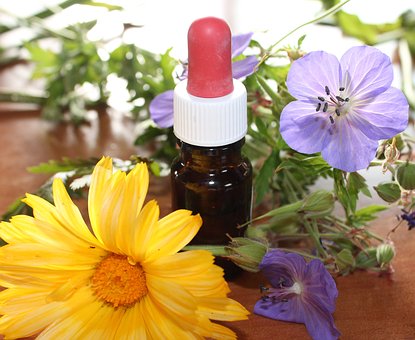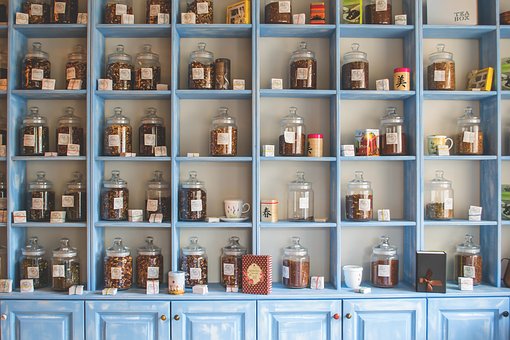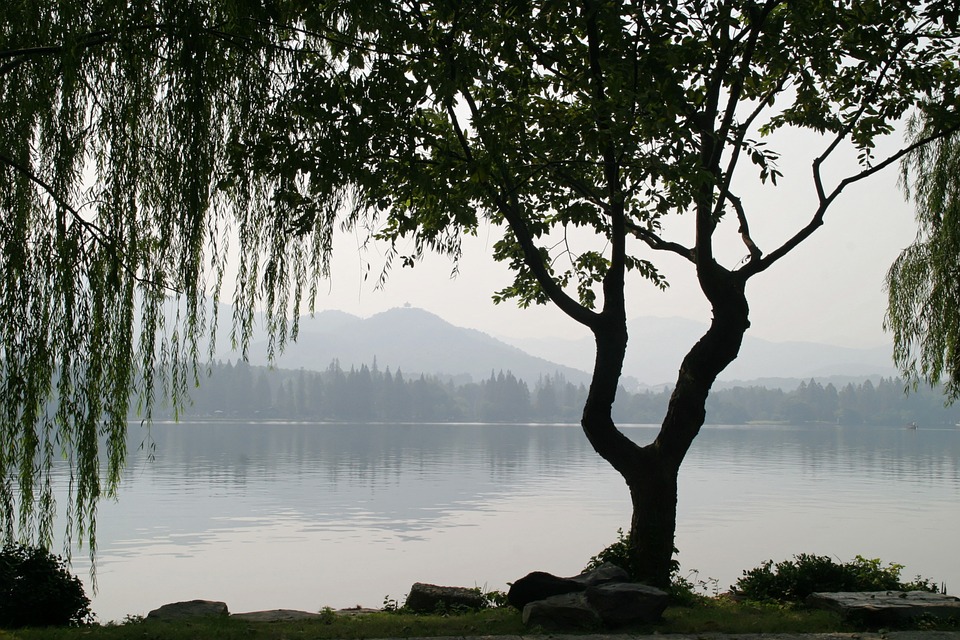Fucus vesiculosus
The seaweed called the kelp is a very common sight along many areas of the seashore in the New England area and the Eastern seaboard of the American continent, it is also called the bladderwrack because of the bladder like pneumatic floats attached to the branches – it is found predominantly in the rocky beaches and areas which have some well defined low tide water marks on the shoreline. The kelp is seaweed, and has an olive green coloration, it is also spread out in regular branches, with each of the branches characterized by a peculiar spiraling shape, and the seaweed has a leathery feel and is slippery to the touch. Like most underwater sea weeds, the kelp has paired bladders, though some of the branches may sometimes be without any air bladders – these pneumatic structures keep the kelp floating in the tossing waters of the sea shore.
Tag: branches
Black Locust
Robinia pseudoacacia
Black locust – a deciduous tree 60-80 feet tall, with a thick, deeply furrowed, dark brown bark and crooked, forking branches. Compound, feathery leaves 8-10 inches long consist of oval leaflets 1 – 2 1/2 inches long. A pair of approximately 1/2-inch-long thorns forms at the base of each leaf. White, sweet-scented flower clusters (May-June) resemble pea blossoms. Smooth, dark brown pods 3 – 4 inches long contain poisonous seeds.
Black Haw
Viburnum prunifolium
The American plant known as the black haw is native to the American continent, and it is believed to have been in traditional use for preparation of many types of herbal remedies as well as a source of food by the original Native Americans – though documentation is scarce. The black haw is a shrub or more correctly a small deciduous tree which can reach a height of five to fifteen feet when fully mature. The plant is characterized by its red brown bark and the grooved branches. The black haw plant also bears a number of characteristic flat topped white flowers and in season many shiny and blue black berries, the black haw berries are very juicy and used in many Native American food preparations.
Willow – (Salix Alba)
White willow, Tree of Enchantment, witches aspirin, moon tree, sacred to the Goddess, the letter S in the Tree Alphabet, night vision, lunar rhythms, female aspects, wands are used for moon magic, all parts of the tree ward against evil and may be carried or placed in the home for this purpose. Knock on willow tree (knock on wood) to avert evil. Leaves, bark and wood are used in healing spells, magical brooms, especially Witches brooms, are traditionally bounds with willow branches. Groves of willows were considered so magical that priests, priestesses and all types of artisans sat among these trees to gain eloquence, inspiration, skills and prophecies.



